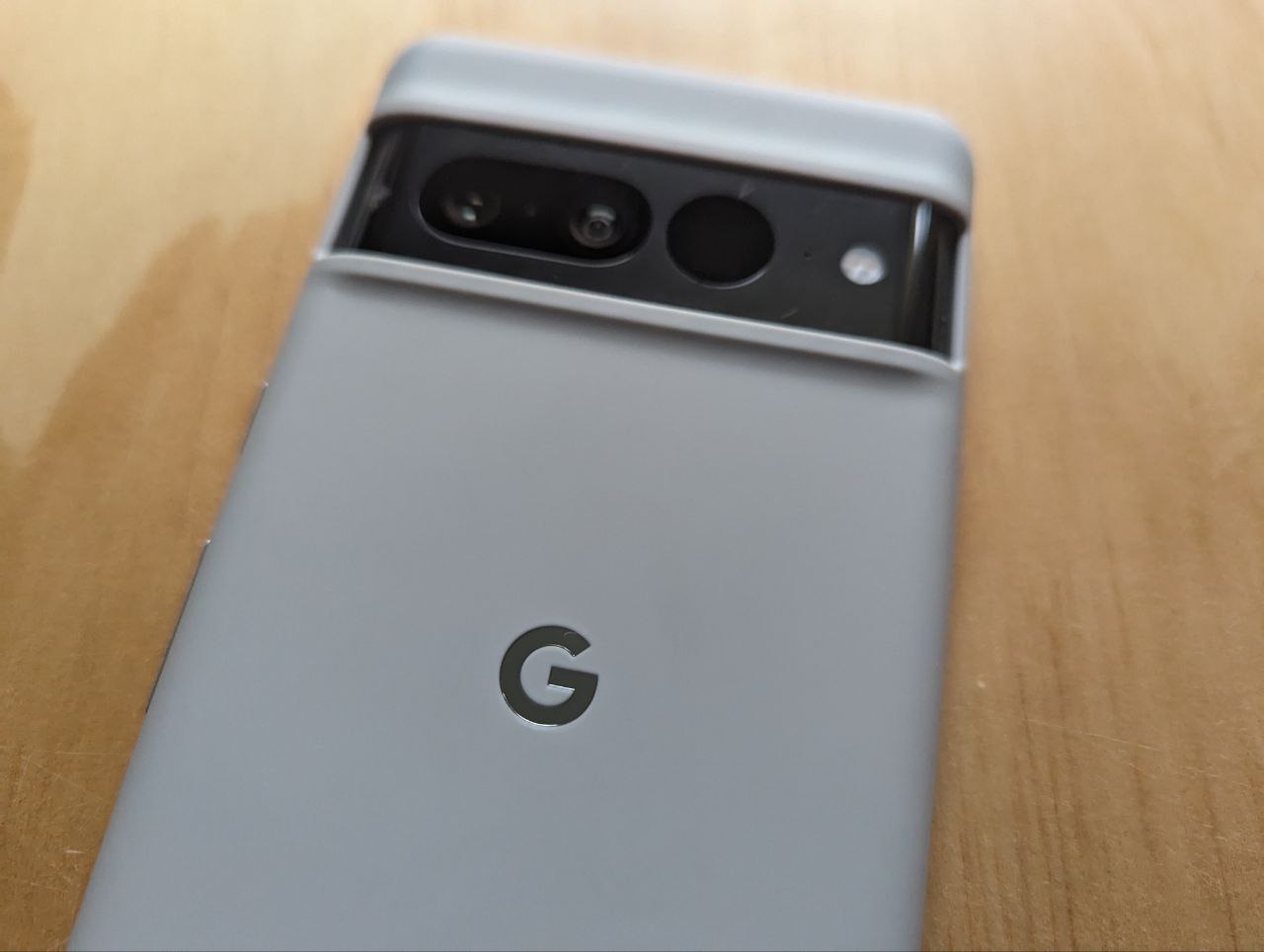After a hectic few days, I’ve finally managed to get my thoughts — a first impression at least — together on the Pixel 7 Pro. On the surface at least, there are only minor, incremental changes to the hardware with some aesthetics and small improvements to the performance specs. But there’s still a lot to discuss, particularly in terms of software and AI, much of which I’ll gloss over today. This is, of course, with the aim of exploring a lot of it in the review when we publish after having had enough time to thoroughly test and put the review together.
Hardware updates
The screen now goes to 1,500 nits which are remarkably bright if you’re indoors, more importantly easily read when you’re outdoors on a bright day. The screen is ever so slightly larger than last year, slightly flatter by design — based on user feedback — and outright a delight to use.
If you happen to pick one up, be aware that the phone is set to 1080p by default, you need to manually change this to 1440p. Personally, I feel like this is a little disingenuous as a default setting when there are some bold claims about battery life, even for heavy users. That being said, when I found this setting and changed it to 1440p, I haven’t noticed a significant difference in battery life, even with a lot of screen on time.
I feel like this could or perhaps should, be a question for the user at initial setup as to whether they want the full-screen experience or the slight improvement in battery life.
The fact for me at this point is that the battery life has been very good. I’m taking the phone off charge in the morning around 6 am and plugging it back in between 11 pm and midnight most nights with over 20% remaining in the battery.
Last year the Pixel devices brought a new look to the range with the cameras being housed in a horizontal bar and the button layout changing slightly. This time round that look has been polished up with a polished aluminium finish on the camera bar.
The Tensor G2
Another incremental change on the surface, but the real advancement is through AI and machine learning capabilities. This, plus the raw Android experience, is why you buy a Pixel device and not the bleeding-edge hardware.
What you’ll see is 60% faster performance and 20% more efficiency, which includes battery savings.
These features have been discussed in the past, including:
- Call Screening
- Spam call handling
- Hold for me
- Direct my call
There’s also a lot of AI features in the camera software that has been improved or added this year. This includes face unlock which Jo referred to in the Pixel 7 first look, Photo Unblur, zoom stabilisation, better night site and some of the AI that ensures your photos are clear, and crisp and deliver a natural colour reproduction.
We’ll delve far deeper into the cameras in the full reviews for both phones. Suffice it to say at this point in time, the cameras on the Pixel 7 Pro are very impressive. The focus, colour, speed of capture and clarity of the images are all truly excellent. There are a number of new features to try out but to this point, I’ve not yet had a photo come up that I was disappointed with.
Put your questions about the Pixel 7 Pro in the comments below and we’ll do our best to cover them in the full review.














Agree about FHD being the default. I changed to QHD too. Face unlock is good but I wish it could’ve done more. I get it’s about security for banking apps etc.
Few niggling bugs in the 7, one of which “Flip to Shh” doesn’t stop calls coming through (reported to Google), but no doubt the Big G will fix.
Good review, and I must say I am so far impressed greatly with the phone, coming from a 3XL. Camera features look very impressive, I need to spend more time with them.
One thing IMO a case is essential, the body seems to be very slippery.
How good is the antenna at picking up a weak signal?